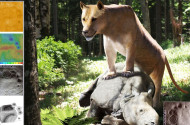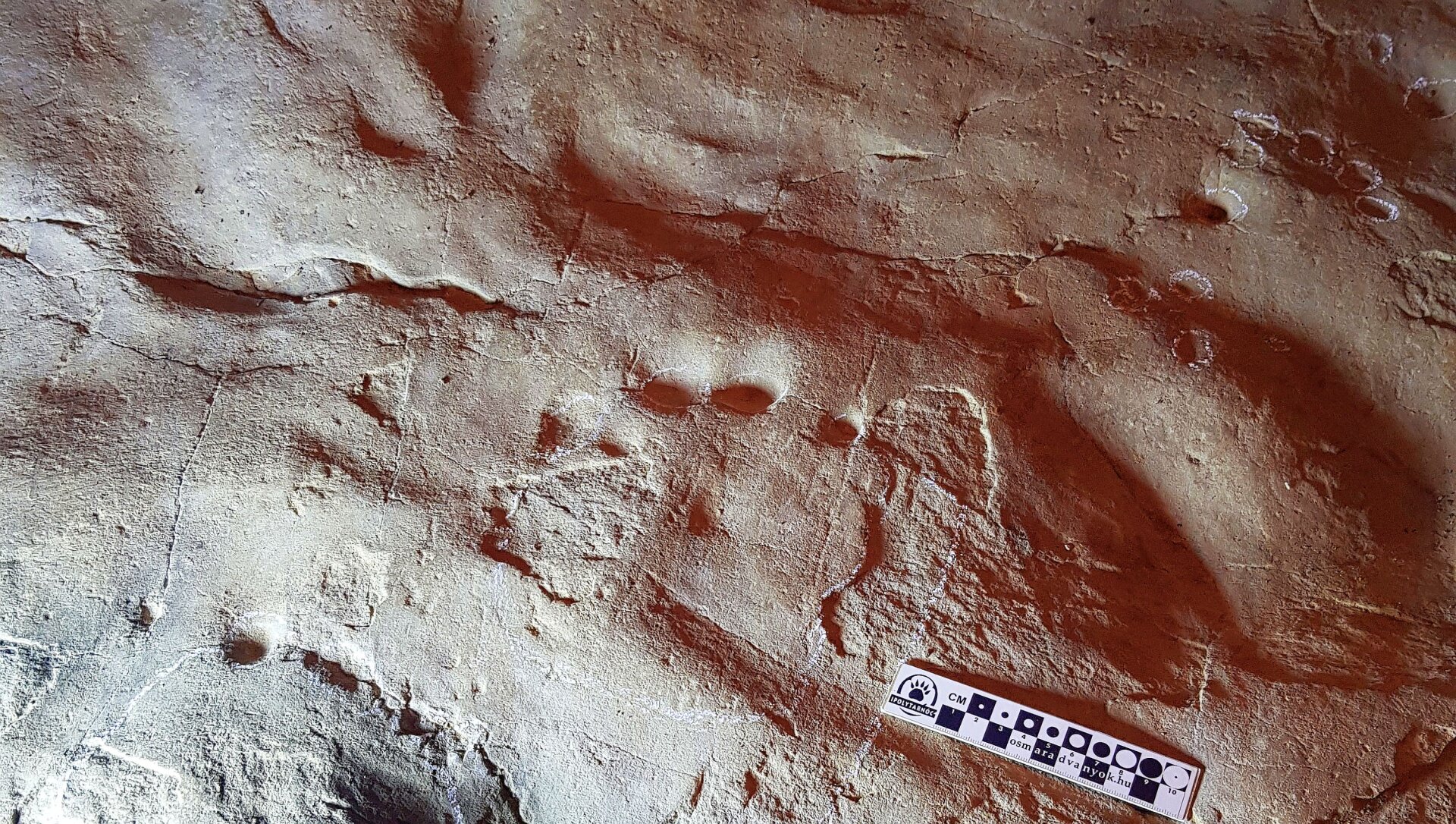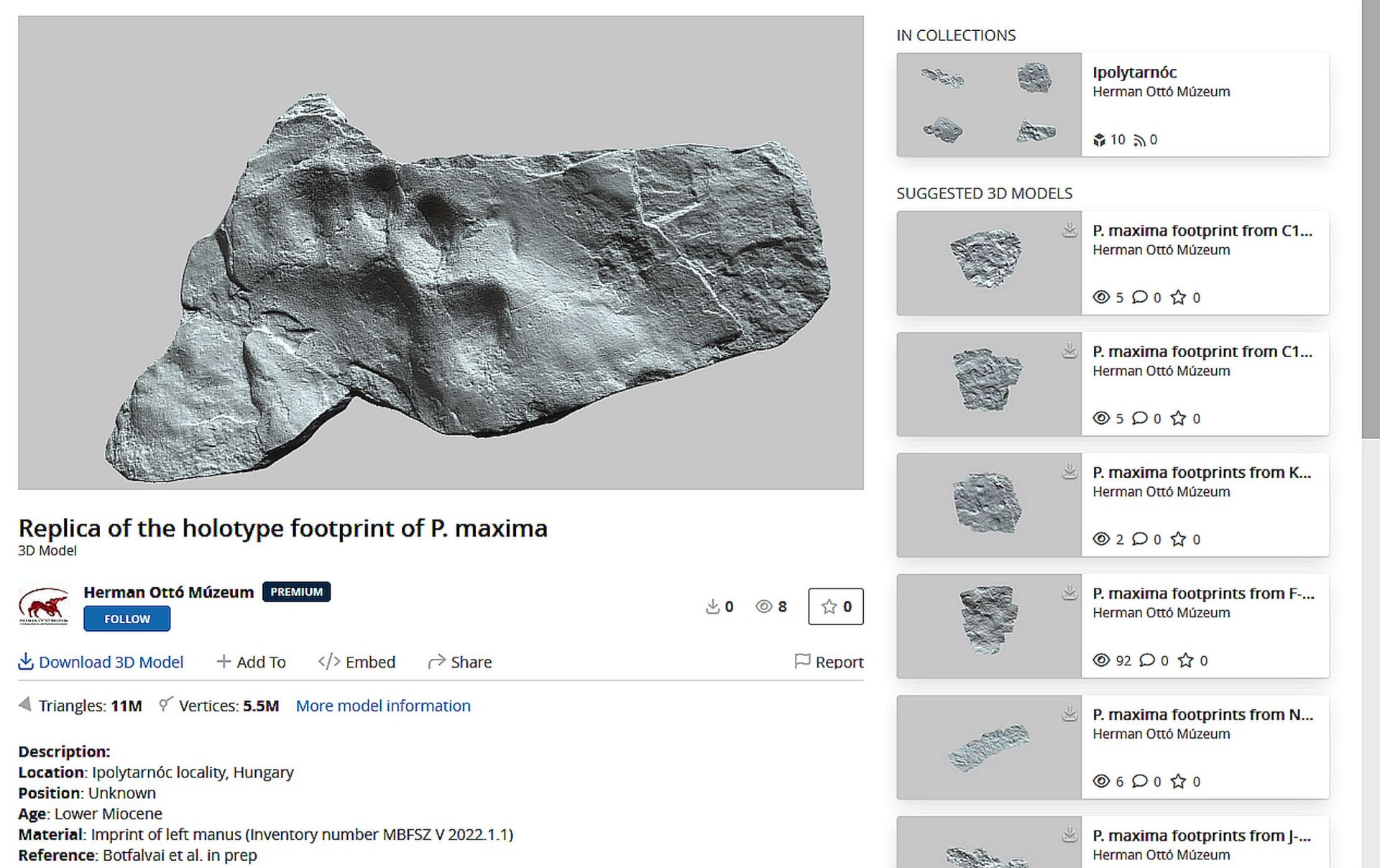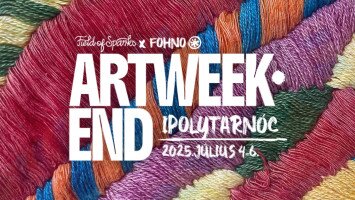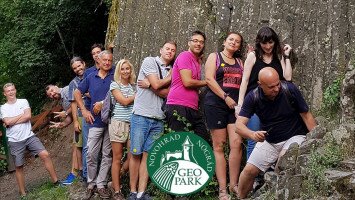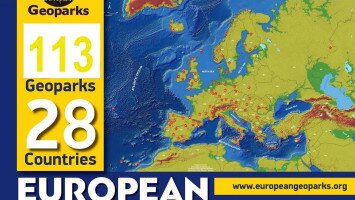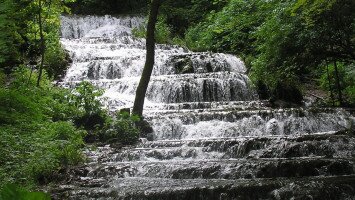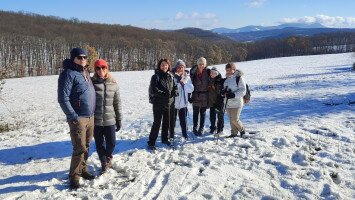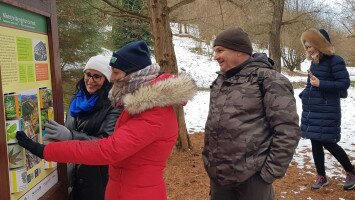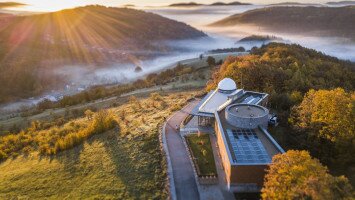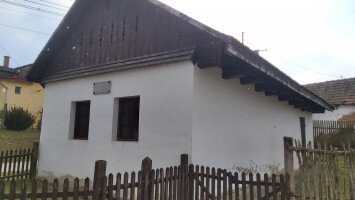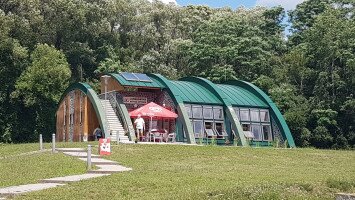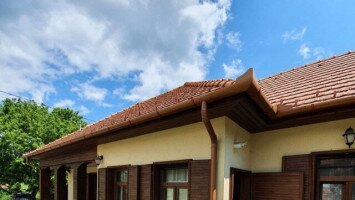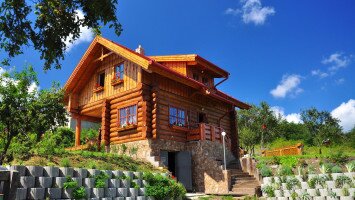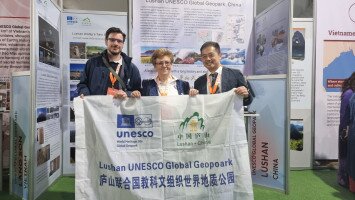
The Hungarian Natural History Museum about our fossil footprints 08/23/2022 4:00 PM
The Hungarian Natural History Museum issued a press release on the latest results of the research on the fossil footprints of Ipolytarnóc. Together with the staff of the Bükki National Park Directorate and the Herman Ottó Museum in Miskolc, they used the latest techniques, including 3D scanning, to track down the Miocene prehistoric world.
Article from the Retail Crowd website. The Bükk National Park Directorate's SKHU/1902/1.1/037 INTERREG project has a research on footprints element, as we have written about before,
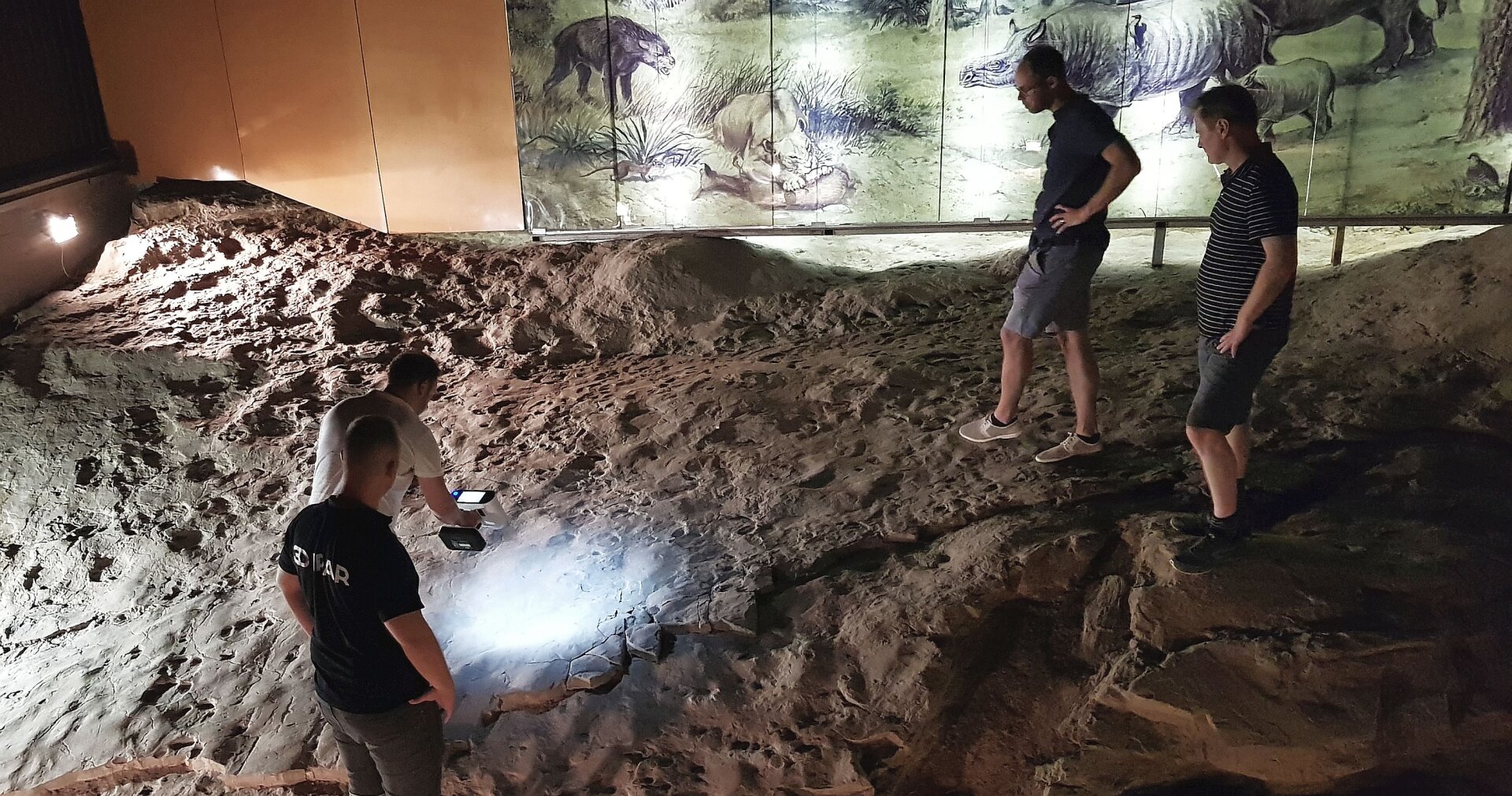
Dr. Gábor Botfalvai paleontologist, the leader of the research, wrote an article about it titled Large-sized pentadactyl carnivore footprints from the early Miocene fossil track site at Ipolytarnóc (Hungary): 3D data presentation and ichnotaxonomical revision, which was published in the Historical Biology . The file in a reduced size can be dowloaded from our History of research and reference folder..
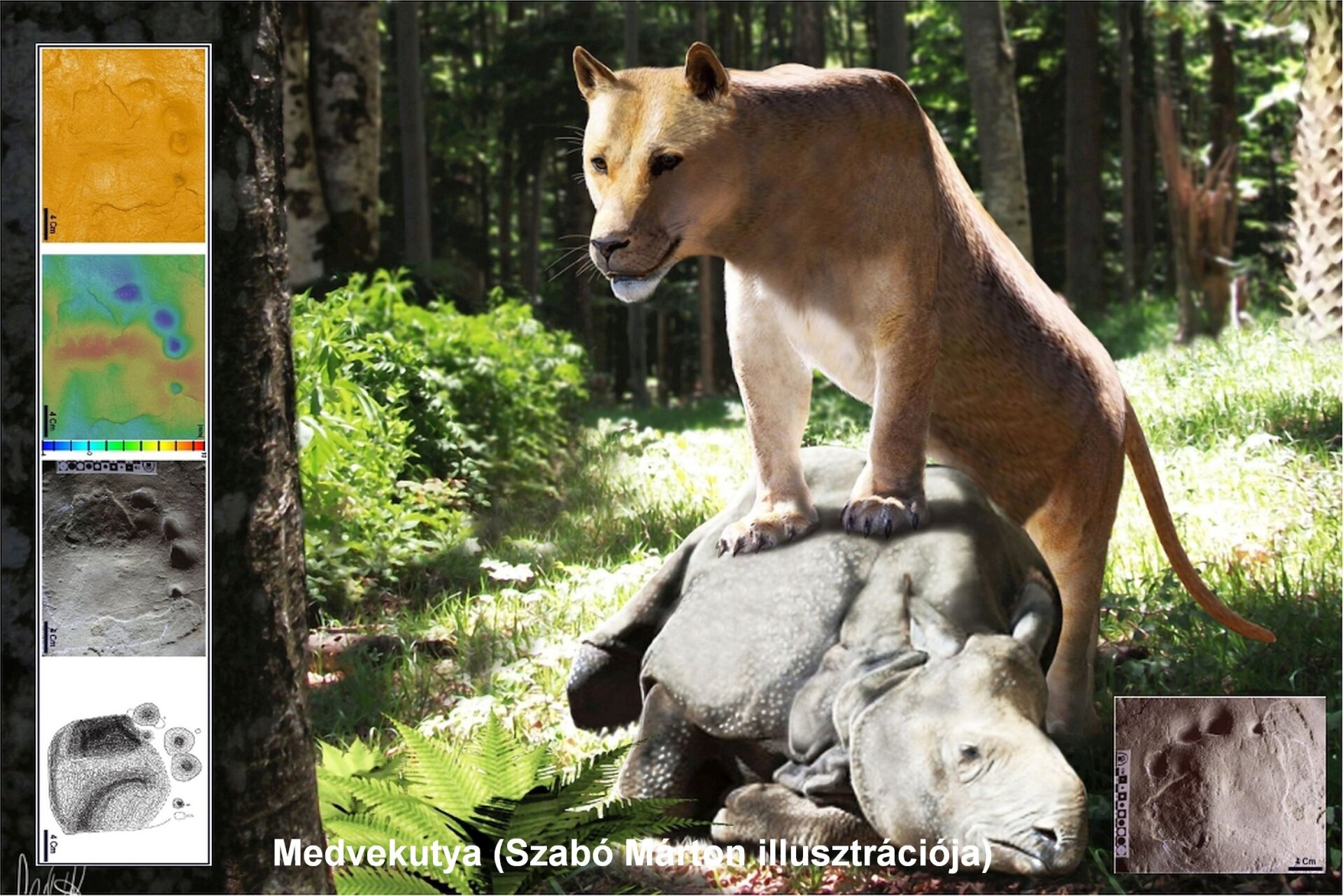
The 3D modells are available here:
In the Miocene Park, which is the main gateway to the transnational, Slovak-Hungarian Novohrad-Nograd UNESCO Global Geopark, the visitors can get acquanted with the excavation areas of the recent research while taking part in the guided tours along the geological study trail of the site, which is worth to visit. The geosite can provide interesting whole day-long programs and discoveries for all generations.
The press release of the Hungarian Museum of the Natural History with the extension of figures can be downloaded here (in Hungarian).
The Interworking external link of the 3D scanning sample areas of the footprint surface.
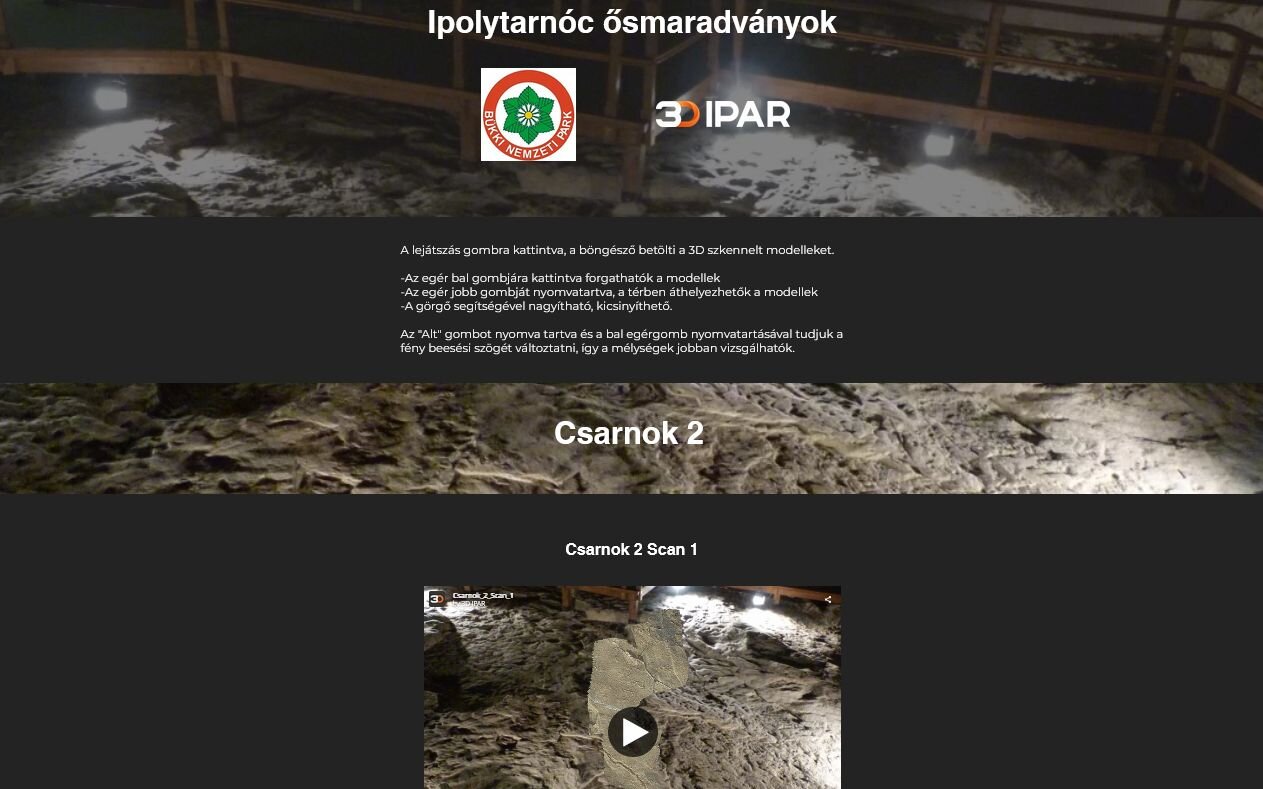 Article with audio in French about the volcanism, which conserved the paleohabitat of Ipolytarnoc.
Article with audio in French about the volcanism, which conserved the paleohabitat of Ipolytarnoc.
